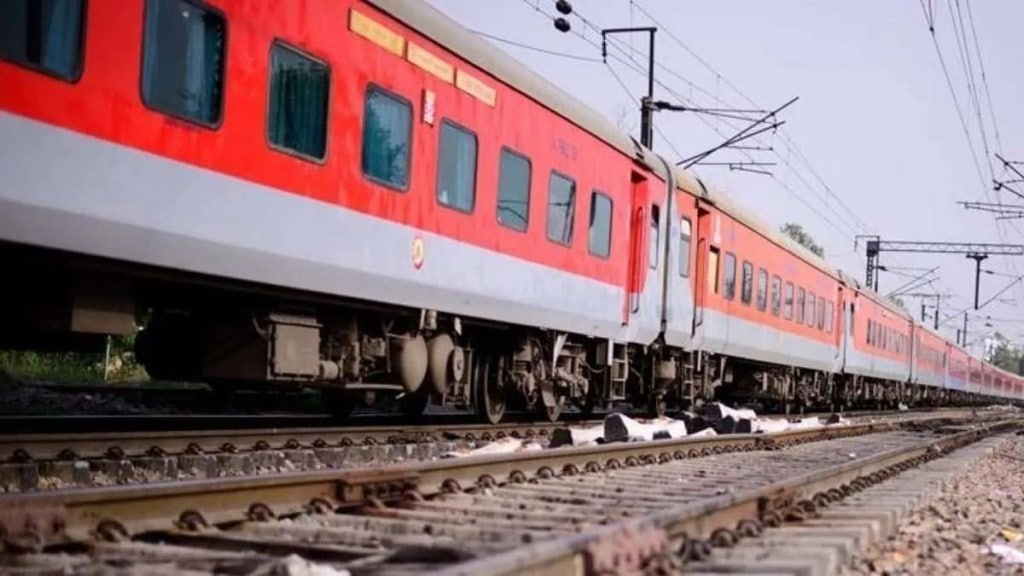In line with the Indian Railways‘ strong push towards the passenger segment, Titagarh Rail Systems (TRSL) is planning to ramp up its production of passenger coaches by 20-fold from just 12 coaches in FY25 to an expected 240 coaches in FY27.
Prithish Chowdhary, deputy MD of TRSL, told FE that the growth in passenger segment is supported by orders for Vande Bharat sleeper trains, and metro projects in Ahmedabad, Surat, Bengaluru and Mumbai.
“The growth story really starts from this year in the passenger business. The primary growth driver for Titagrah over the next few years would be the passenger rail systems business. Today, we have an installed capacity of around 300 coaches per annum, and by 2028, this will be up to 850 coaches per annum. We are envisaging a huge ramp up in the coach production capacity,” Chowdhary said.
In 2023, the company achieved a key milestone by winning the Rs 24,000-crore contract, in a partnership with BHEL, for the manufacturing and maintenance of 80 semi high-speed sleeper Vande Bharat trains. Prior to that, TRSL, which was primarily focused on the freight wagon manufacturing, bagged its first metro contract for Pune in 2019 to introduce India’s first-ever aluminium-bodied coaches.
Analysts said TRSL’s strategic shift towards growth is evident as of mid-2025 with passenger rail systems (PRS) division constituting approximately 62% of the company’s Rs 24,500 crore consolidated order book, a significant departure from its historical freight dominance.
“The company is rapidly scaling up its Uttarpara facility, including a leased 40-acre expansion, with plans to increase coach production potentially up to 1,200 units. This expansion will service major contracts for: metro coaches, and Vande Bharat Sleeper trains. Supported by strong policy backing and massive infrastructure investment, the PRS segment is projected to grow at a CAGR of 38-39% through 2029,” said a recent report from Asit C Mehta Investment Intermediates (ACMIIL).
Even though Titagarh is a market leader in freight wagon production, 93% of the company’s revenues, Rs 3,865.8 crore, in FY25 came from freight rail segment. The aggressive push towards the PRS is expected to increase the contribution of this segment from 7% in FY25 to about 50% of TRSL’s total business over the next 4-5 years.
Within PRS, the company has expertise in areas like designing and manufacturing of metro trains, semi-high-speed train coaches, MEMUs (mainline electric multiple units), propulsion systems, traction converters, and train control & management systems (TCMS).
Chowdhary said the wagon production is likely to stabilise between 9,000 and 11,000 wagons a year in the future. “It should remain as a steady state business while the passenger business will continue to ramp up,” he said.
Meanwhile, the company expects the first prototype of the Vande Bharat sleeper train to be ready by the second quarter of FY26. “It takes about 60-90 days for the prototype to get approved, and after that we will start series production,” he said.
Experts said that the TRSL’s shift toward the passenger segment is driven by the rising demand for the passenger rolling stock over the next few years. “This segment is slated for transformative growth, backed by a Rs 58,800 crore allocation in the Budget FY26 for rolling stock, which includes 200 Vande Bharat trains, 100 Amrit Bharat non-AC trains, and 50 Namo Bharat rapid rail sets. This ambitious push positions the passenger rail and metro market to reach a projected Rs 4.75 lakh crore market value by FY29, with a CAGR of 38-46%,” said ACMIIL report.

